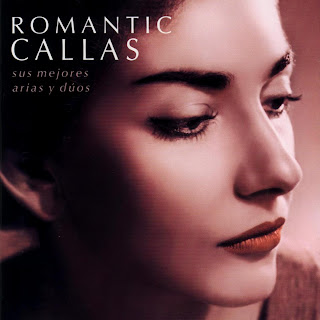A Behemoth Undertaking: Wagner’s Ring Cycle at Washington National Opera
It's been a long time since I've posted here. That's certainly not the intention. I do enjoy blogging about opera, be it in D.C., elsewhere in the U.S., or abroad. That said, work has been quite consuming lately. For other purposes, I did just recently write a sort of "introductory guide" to the Ring Cycle, and thought it would make sense to post it here.
______________________________________________________________________________________________
Wagner’s Der Ring des Nibelungen or, as it’s usually put in English, Ring Cycle, constitutes the most substantial undertaking in the operatic world. It is a “cycle” of four operas, Der Rheingold, Die Walküre, Siegfried, and Götterdämmerung, with every opera except the first clocking in at over five hours in length. Usually, the same cast of stalwart singers performs across all four performances, singing over an orchestra of approximately 100 instruments. It’s been called one of the greatest triumphs of music and mocked by serious critics and Looney Tunes alike.
Given the musical demands above, as well as the theatrical demands of designing four shows that hang together thematically, it is unsurprising that the artistic and financial burdens of a full Ring Cycle are out of reach for many opera companies including, until the 2015-2016 season, Washington National Opera. It is a tremendous achievement for the company to be presenting the work in full for the first time.
Still, as a casual attendee of cultural events, you may be wondering, why would I spend $612 (the cheapest price for all four shows as a package) and attend 15-20 hours of opera known to be almost overwhelming in proportions and, furthermore, all in German?
First, while $612 is expensive, it does break down to $153 per show. Not cheap, but four shows at $153 each looks a lot better than $612 in a lump sum. Pragmatism aside, the sheer monumentality of the work, while requiring a commitment of time and focus, makes it an experience unlike any other. The music is loud yet sonorous, the singing rigorous yet lush, and the story enveloping as it moves along.
For those who are more inclined to the nuances of the music, it can be fun to pick out what Wagner called a leitmotif. This is a musical theme meant to represent a specific theme in the story, for instance the redemption by love, the palace of Valhalla, or the eponymous ring. These, along with Wagner’s philosophical belief that all art – orchestra, voice, visual, etc., be combined into one performance, make for an interesting musical experience.
If you’re more inclined to the story, to history, or to the broader fabric of culture, Wagner is a central and sometimes controversial figure. The story of the Ring Cycle is very similar to that of The Lord of the Rings – a ring is forged by the Norse gods and ends up in the mortal world, leading to conflict between three different groups and resolved by an earthly hero. Beyond its cultural impact shaping later art, the music permanently altered the course of music history, as well. Finally, the music and the story itself entered a dark chapter when used as propaganda by the Third Reich. This is despicable and Wagner’s support for such views is unclear, but experiencing the work itself is the best way to build our own informed opinions on the matter.
Hence, whether as a musical experience, a cultural touchstone, or an artifact of history, there is much to be gained experiencing Wagner’s Ring Cycle. It is a great undertaking for both Washington National Opera and the attendee, but one well worth it.
And... If it seems like too much... Just keep in mind that a few other lunatics and I stood through the hole thing in Vienna... :)




Comments
Post a Comment